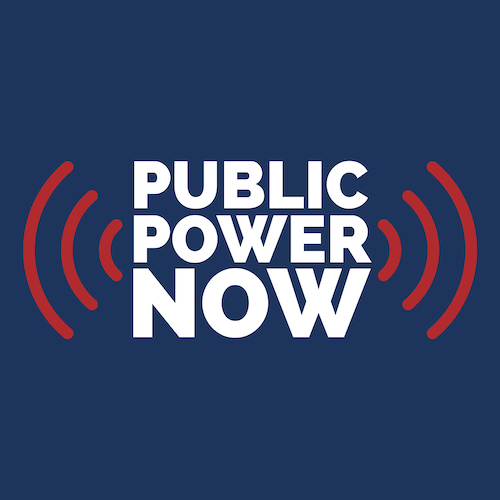The North Carolina Department of Environmental Quality State Energy Office is investing $5 million in permanent and mobile microgrids that will provide accessible power in the wake of future weather disasters, it said on Aug. 12.
The effort is being done in collaboration with Land of Sky Regional Council (LOSRC), NC Sustainable Energy Association (NCSEA), Footprint Project (FP) and a network of regional partners.
The State Energy Office received $10.4 million in federal Infrastructure Investment & Jobs Act funding for five years to support the State Energy Program work and dedicated $5 million being directed to this Microgrid Initiative.
Up to 24 stationary microgrids will be installed across six Helene-affected counties, with two mobile “Beehive” microgrid hubs serving the entire state — one in Western North Carolina and one in Eastern North Carolina.
“This innovative disaster recovery model will strengthen emergency power access for critical community services, serving thousands of North Carolinians,” thr State Energy Office said.
“Hurricane Helene showed us that we need to be prepared to withstand severe weather emergencies. That means rebuilding our energy infrastructure with resilience in mind,” said Governor Josh Stein. “This investment will better connect western North Carolina to the rest of the state, and it will improve our ability to keep people safe and respond to future disasters.”
"This initiative represents a leap forward in how we prepare for and respond to disasters," said Reid Wilson, DEQ Secretary. "Thousands of families were isolated without power and communications after Helene struck. The microgrids will provide essential power supplies and will serve as community resilience hubs in both times of crisis and under normal conditions.”
Land of Sky Regional Council will begin purchasing the “beehive” microgrids in the coming months and the stakeholder engagement for the installation will take place in September.
Site selection for the microgrids will begin in the fall of 2025 with project completion anticipated in June of 2027.
Microgrids provide essential advantages both during emergencies and in everyday operations. By producing their own solar electricity and using battery storage, microgrids help communities stay powered through outages and reduce the risk of extended or rotating blackouts.
They can also:
• Integrate with the main grid to enhance energy diversity and resilience
• Support the grid during periods of high demand
• Serve as a platform for innovation, enabling exploration of new technologies and uses
• Lower energy costs over time through locally generated and stored power
Beehive Microgrid Hubs will act as mobile, no-cost lending libraries, making solar and battery equipment accessible to community organizations across the state for both emergency use and ongoing preparedness.
Stakeholders from emergency management, community groups, utilities and local government will help determine site selection, ownership models, and long-term operations.
The project is supported by more than $1 million in donated clean tech equipment, with further contributions expected later this year.

